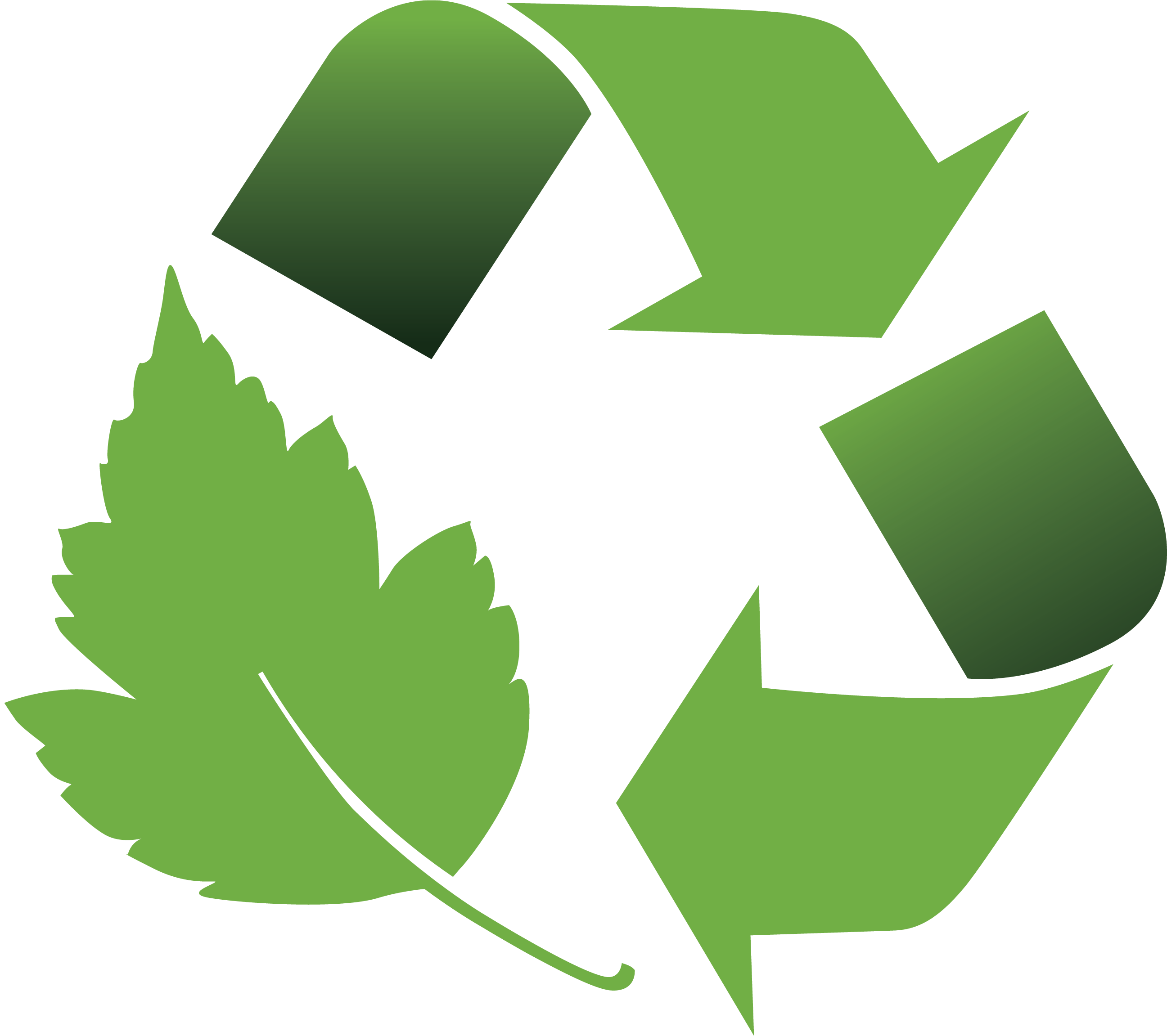Silver Tarnish & Corrosion Explained
 In our previous post "Keep Silver From Tarnishing", we identified some of the common causes of tarnish and discoloration on your silver jewelry and metal valuables. Now let’s take a closer look at the corrosion process. What exactly is going on here? Corrosion is the wearing away of a metal as the exterior interacts with the environment around it: oxygen, water, and atmospheric gases. The 3 types of corrosion are explained below:
In our previous post "Keep Silver From Tarnishing", we identified some of the common causes of tarnish and discoloration on your silver jewelry and metal valuables. Now let’s take a closer look at the corrosion process. What exactly is going on here? Corrosion is the wearing away of a metal as the exterior interacts with the environment around it: oxygen, water, and atmospheric gases. The 3 types of corrosion are explained below:
(1) Corrosion can be a chemical reaction between a metal and a reactive or unstable gas (atmospheric pollution) or liquid. These gases that can be damaging to your jewelry and metal valuables are:
- Ozone (O3) - reactive oxygen – Accelerates degradation of materials in conjunction with other reactive gases (also affects rubber, paper and plastic)
- Hydrogen Sulfide (H2S) and Sulfur Dioxide (SO2) –These gases commonly come from waste matter from pulp mills, oil refineries, heavy industry, fossil fuel combustion and decaying vegetation, breakdown of vulcanized rubber, breakdown of paper
- Carbonyl Sulfide (COS)–From fossil fuel combustion, wood fires and ocean surfaces
- Nitrous Compounds (NOx)–Including amines, amides, ammonia, nitrates, nitrites
- Hydrogen Chloride (HCl)
Absorbing and neutralizing these gases as they try to penetrate is critical to the protection of your silver. For this reason, the products you choose to store and package your jewelry in must be efficient in protecting against the surrounding atmospheric gases.
(2) Corrosion can be caused by an electrical reaction between two different types of metals (galvanic corrosion). In this situation, one of the metals corrodes faster than the other. For this type of corrosion to occur, three conditions must exist:
- Electrochemically dissimilar metals must be present
- The metals must be in electrical contact
- The metals must be exposed to an electrolyte (e.g. sea water) - For example, water from humidity or other sources comes in contact with a metal surface, oxygen is dissolved causing a reaction such as rust to occur.
(3) Corrosion can be a electro-chemical reaction between dust or fungi and a metal-surface.
Now that you are an expert on the subject, you can deter the electrochemical reactions that trigger corrosion of the surface of your valuable silver, jewelry and other metal valuables. Preventing corrosion, tarnish, and oxidation will extend the life of your precious metal keepsakes.




